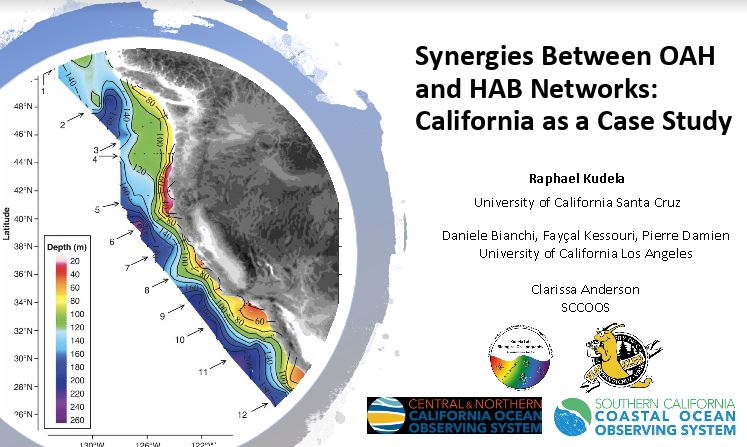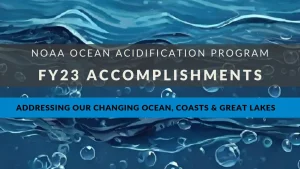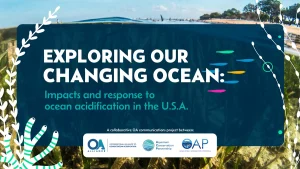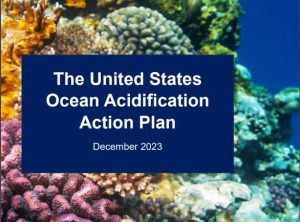The US west coast is experiencing increasing environmental stress, as are all coastal regions globally. Unlike some other regions, eastern boundary currents naturally experience large swings in pH and decadal oscillations in temperature, making the west coast an ideal location for observing the interactive effects of multiple stressors as a precursor to our future ocean. California has been proactive in establishment of observation networks for both ocean acidification/hypoxia (OAH) and harmful algal blooms, supported by local, state, and federal programs. Through IOOS, this network also extends to Oregon and Washington, with formal and informal linkages between the Southern California Ocean Observing System (SCCOOS), Central and Northern California Ocean Observing System (CeNCOOS) and the Northwest Association of Networked Ocean Observing System (NANOOS). To date many of these observations have been only loosely coordinated for HABs and OAH, despite the commonality in observing sites and data requirements. As a result we have pretty good information about temperature and HABs, very little information about OAH and HABs, and almost no information about how these multiple stressors will manifest from plankton, to herbivores, to apex organisms. Using California data as an example, this talk highlights what we know, what we can do to improve our knowledge, and the critical knowledge gaps that should be a high priority for ongoing research and monitoring efforts.
View the recording and complete this questionnaire after viewing.






